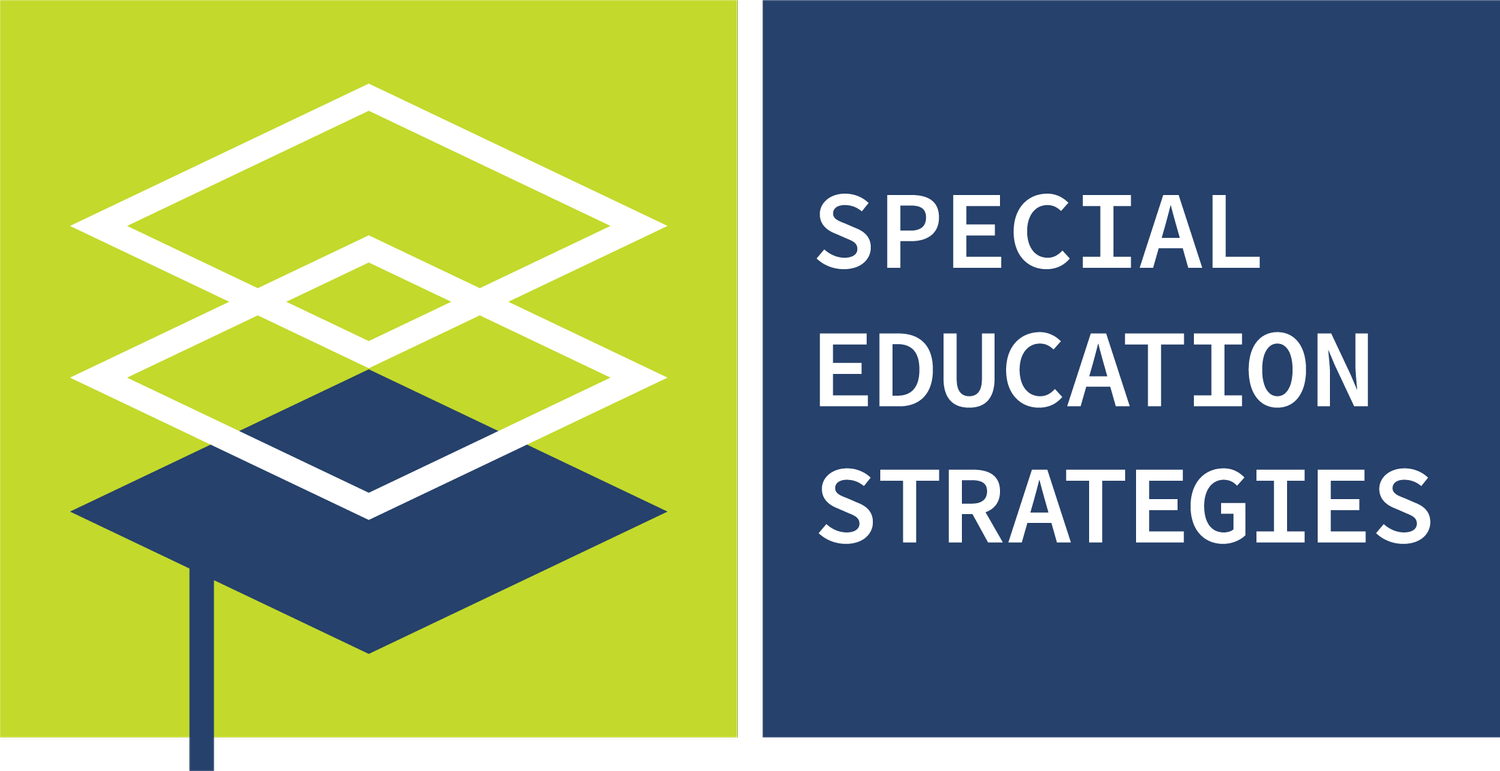Navigating Leadership in Special Education: Beyond Compliance
Do you remember when you went into education? Did you go into it with your eyes wide open? Or did you go into it to support students with special needs? I ask this because once you move out of the classroom and into a central office leadership position for special education, what do you have as your guiding light? Did you go into education administration because you wanted to be a compliance person, focused on IEPs and evaluations, timelines, and making sure parent phone calls are returned?
It is indeed curious that in the world of special education, districts often relinquish all issues, programming, and funding to a department, while general education has an academic office that doesn’t carry the same sole responsibility for every aspect of student planning, including transportation. This separation raises an important question: how can we shift the focus from mere compliance to a more holistic approach that truly supports our students?
The Compliance Trap
Many leaders in special education find themselves caught in what I like to call the "compliance trap." While it’s crucial to adhere to regulations and ensure that students receive the services outlined in their IEPs, an overemphasis on compliance can overshadow the heart of what special education should be about: supporting students’ unique needs and promoting their growth.
As author and educator Rita Pierson famously said, “Every child deserves a champion—an adult who will never give up on them, who understands the power of connection and insists that they become the best they can possibly be.” This powerful reminder highlights the importance of prioritizing our relationships with students over paperwork and procedures.
A Call for a Paradigm Shift
It’s time for a paradigm shift in how we approach leadership in special education. Here are a few guiding principles to help steer our focus back to student-centered practices:
Prioritize Relationships: Building strong relationships with students, families, and staff should be at the forefront of our efforts. Understanding the individual needs of our students requires more than compliance; it requires empathy, connection, and open communication. As Maya Angelou wisely stated, “People will forget what you said, people will forget what you did, but people will never forget how you made them feel.”
Empower Teams: Instead of centralizing all decision-making within the special education department, leaders should empower teachers and support staff to take ownership of their roles. Collaboration among general and special education staff can lead to innovative solutions that benefit all students. As leadership expert John Maxwell puts it, “Leaders become great not because of their power but because of their ability to empower others.”
Foster Inclusive Practices: True inclusion goes beyond placing students with disabilities in general education classrooms. It means creating a culture where all students feel valued, respected, and engaged in their learning. Leaders must advocate for inclusive practices that reflect the diverse needs of all students. Helen Keller’s words resonate here: “Alone we can do so little; together we can do so much.”
Focus on Professional Development: Investing in ongoing professional development is vital for equipping educators with the tools and strategies they need to support students effectively. Workshops on trauma-informed practices, differentiated instruction, and social-emotional learning can significantly impact student outcomes. As Albert Einstein noted, “Education is not the learning of facts, but the training of the mind to think.”
Listen to Feedback: Create channels for feedback from students, families, and staff. Their insights can guide program improvements and foster a sense of community and belonging. As leadership coach Brené Brown says, “Vulnerability is the birthplace of innovation, creativity, and change.” Being open to feedback demonstrates courage and a commitment to continuous improvement.
Conclusion: A Vision for the Future
As we navigate our roles in special education leadership, let us remember why we chose this path in the first place. Our guiding light should not be compliance but rather a commitment to the holistic development of every student. By prioritizing relationships, empowering our teams, fostering inclusive practices, investing in professional development, and actively seeking feedback, we can create an environment where students with special needs thrive.
In the words of author and educator John Wooden, “The main ingredient of stardom is the rest of the team.” Let’s not lose sight of our passion for supporting our students. Let’s move beyond the compliance trap and reimagine what leadership in special education can be. Together, we can build a brighter future for all students—one where their unique abilities are celebrated, and their potential is realized.
